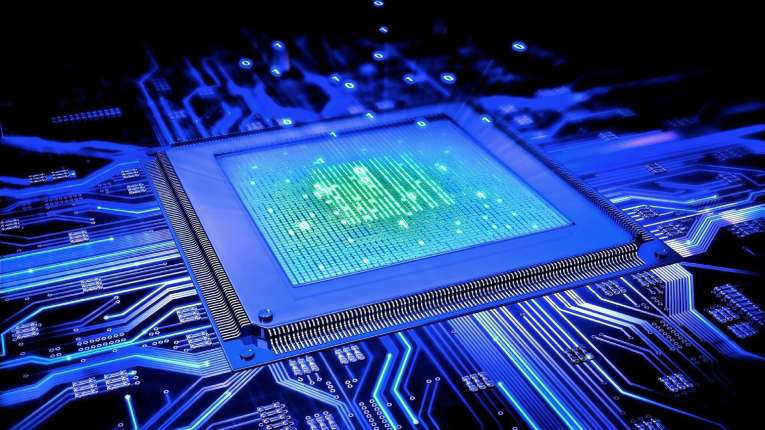
The chipset comprises of four qubits in a two-by-two array of quantum dots crafted out of gallium arsenide semiconductor structure
Modern industries require a boost in computational performance that can be offered by quantum computing, one of the innovative technologies that has the potential to offer high-end processing power. Researchers and traditional semiconductor computers are currently working on various new methods to process data more seamlessly and expeditiously.
Quantum particles such as charge or spin are utilized by quantum computing that represent quantum bits, dubbed as qubits. This unique technology appears in various forms with drawbacks as well as benefits. Global firms such as Intel and Google are already said to have working on various versions of this technology, but the actual challenge in developing this technology is the incapacity to control a huge number of qubits effectively. In order to meet the same, there should be a complete interference and noise from other sources.
To counter these challenges, a group of researchers at the University of Copenhagen, has invented a way to use semiconductor materials as a podium for solid state quantum computers. Actually a quantum chip has been fabricated by these researchers that is based on semiconductor qubits that uses dot spin property as logic states for their system. The coherence time in dot spin qubits is larger, which helps them for a rapid performance and a very diminutive chance of mistake, while doing computations.
Between these qubits is a larger central quantum dot that connects all four qubits allowing for parallel control of every single one of them simultaneously. The differentiating aspect of this development is that in other quantum technologies every qubit has to be driven individually for reading its state and controlling, but now as a single structure this dot spin qubit can be operated.
Researchers still feel that there could be a much better improvement in terms of scalability both for processing power and manufacturing. Another bigger challenge is enhancing a quantum chipset with a large-scale line-up of simultaneously operated qubits.

